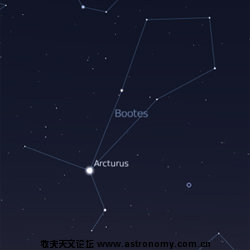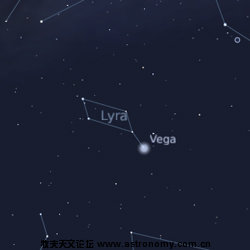本帖最后由 steveyzh 于 2011-5-22 01:11 编辑
http://www.celestron.com/c3/product.php?CatID=73&ProdID=548
这个PDF说明书是英文的哦,
不过这些FAQ提问的问题, 应该包含绝大部分的解决方案
找了一个国外同好,用CGEM的心得,他提到说是用两星校准,
先发给你英文的吧,google翻译应该知道大概了



Two-Star Alignment
1. After powering up the CGEM, I started the Two-Star Alignment process. First, the index marks on the RA and DEC axis were aligned. Then, the hand controller prompted me to to select the first star.
Arcturus in the constellation Bootes was the first on the list of named stars and I noticed that it was still visible on the western horizon. This was a nice bright familiar star to start with. So I hit enter and the telescope started slewing automatically in the direction of Arcturus. Then, the hand controller prompted me to center the star in the viewfinder. After doing this, I was instructed to center it in the eyepiece then press the align button.
2. This process was repeated for the second star which was Vega in the constellation Lyra. I knew that I would be coming back to this constellation later for a view of the Ring Nebula!
3. Then, the CGEM prompted me to add a calibration star. I must have gotten too anxious to try out the goto and I by-passed this step. Not good! The goto was not accurate at all.
I decided to start the alignment process over completely and I added the star Altair for calibration. This is where it got exciting! The first object I selected in the hand controller (to slew to) was Jupiter. To my amazement, it centered the planet almost perfectly! And I must say, Jupiter and it’s moons were an awesome site in the eyepiece!
After my first stop at Jupiter, it was time to try a Messier object. I saw that the constellation Hercules was up so I commanded the CGEM to slew to M13 (The Hercules Star Cluster). Again, the goto was spot on! I was amazed at this point how easy it was to set up the goto on the CGEM and how accurate it was. One recommendation is to have a star chart handy at the telescope. The CGEM hand controller provides a list of stars to choose from at each stage. If you have a laptop at your observing site, then there is a free program called Stellarium that is nice to use. Learn about Stellarium here on AstroPhotography Tonight. |